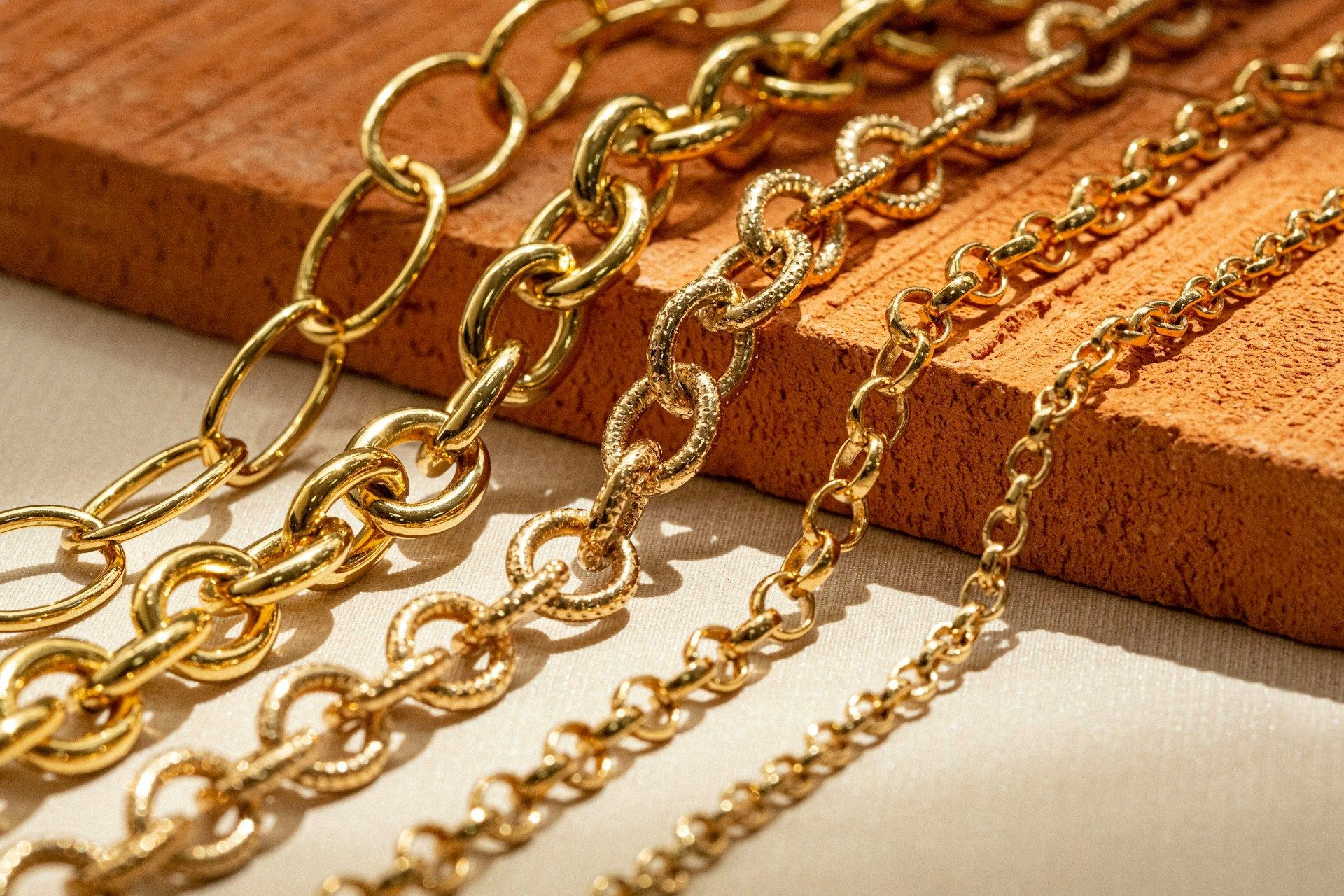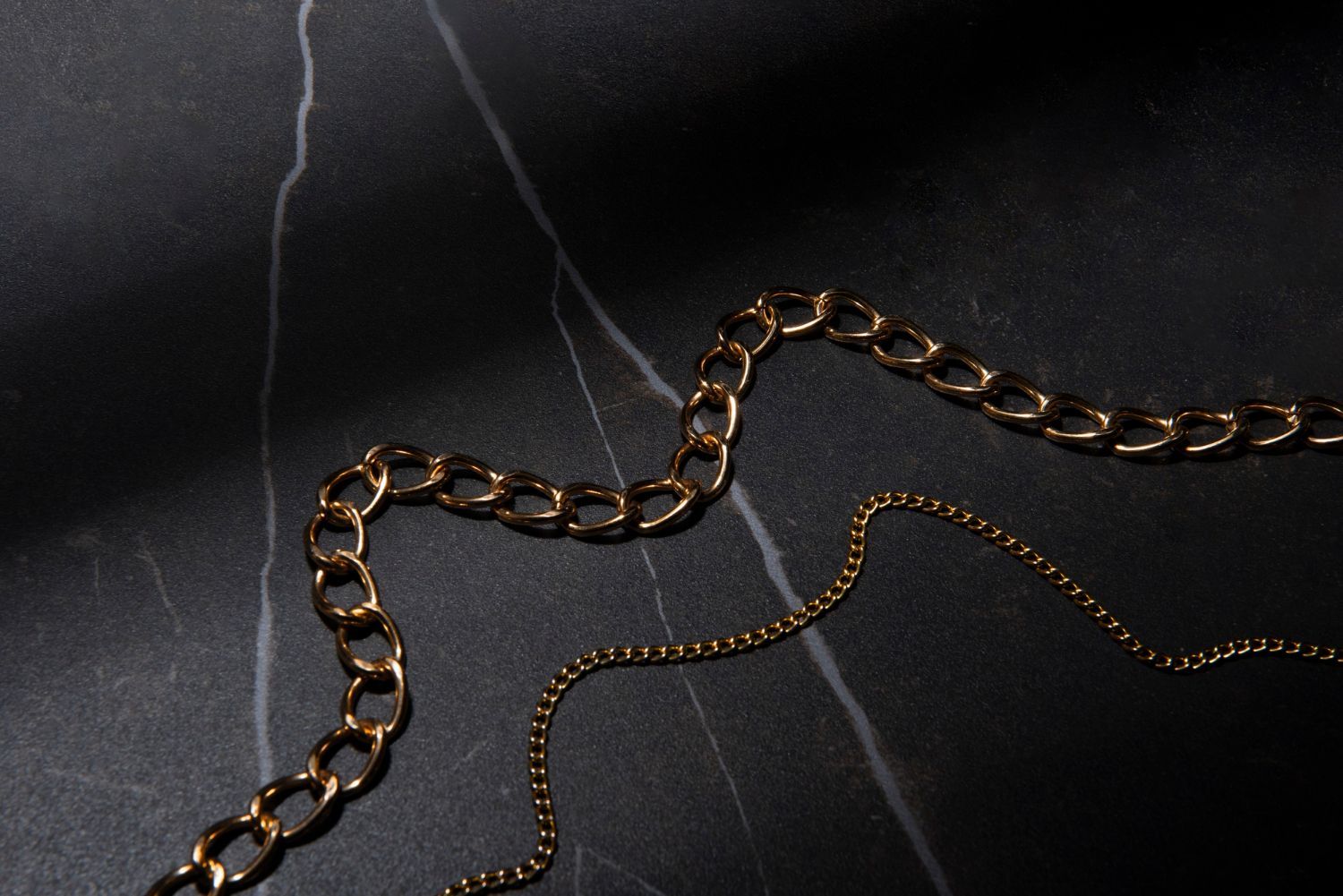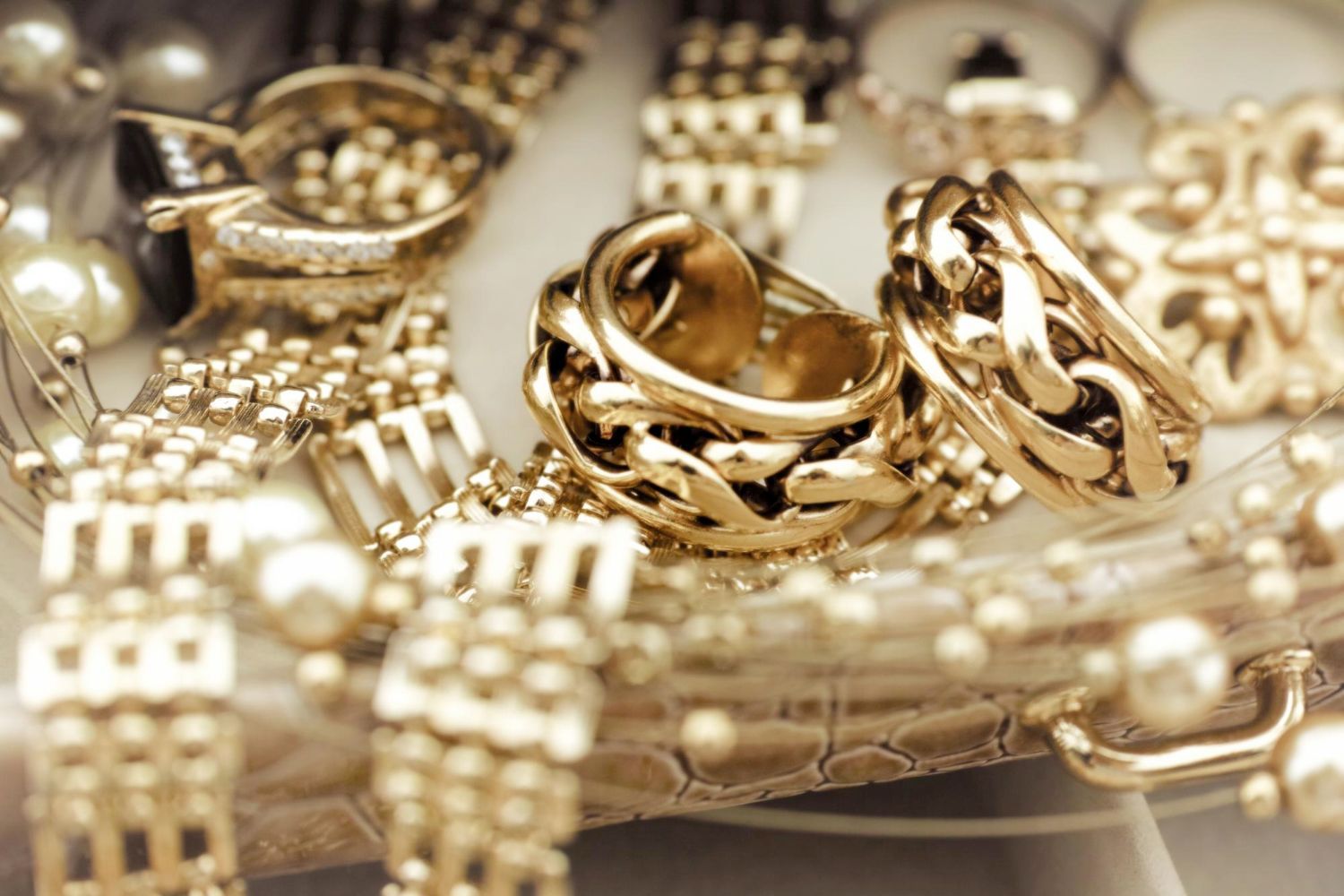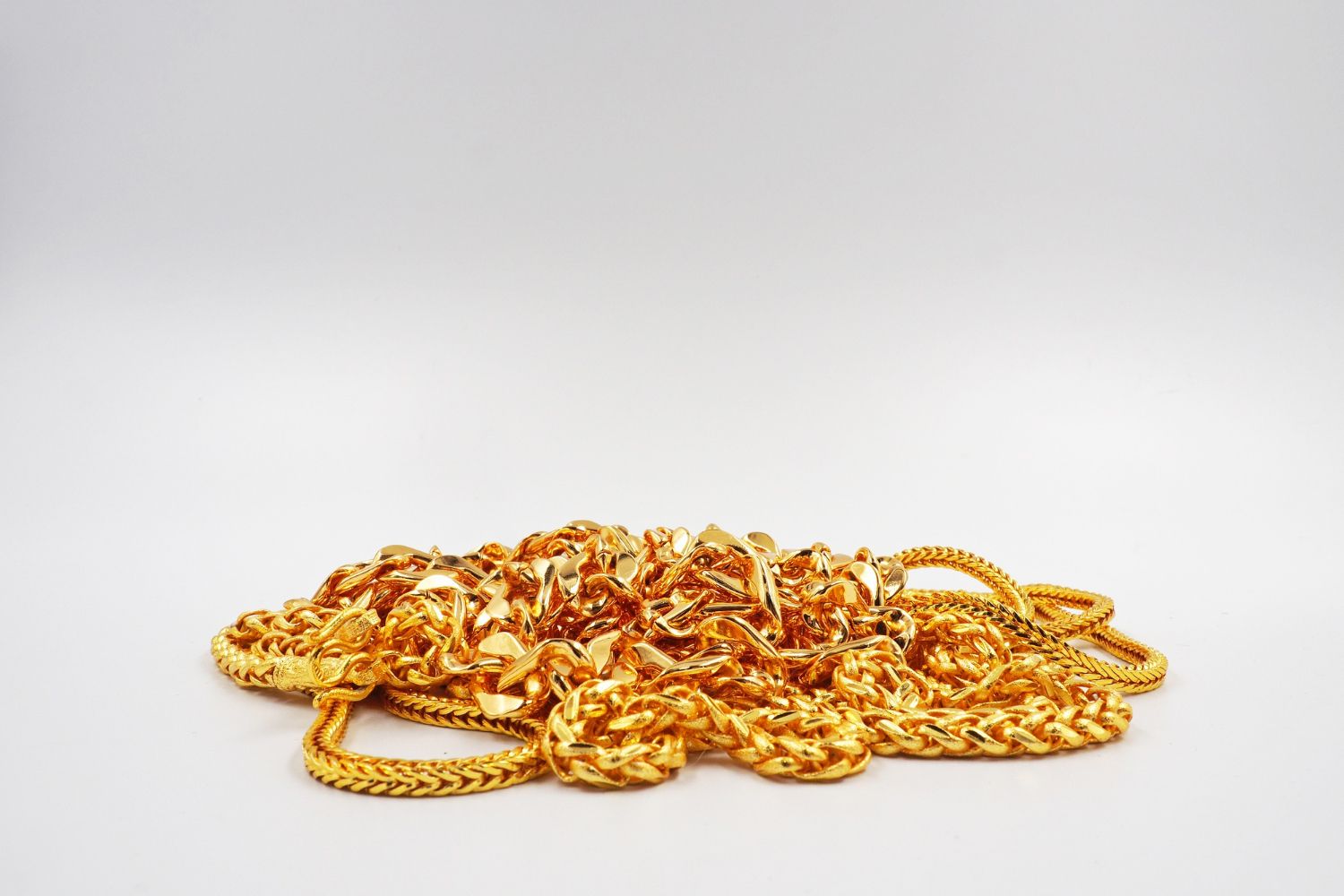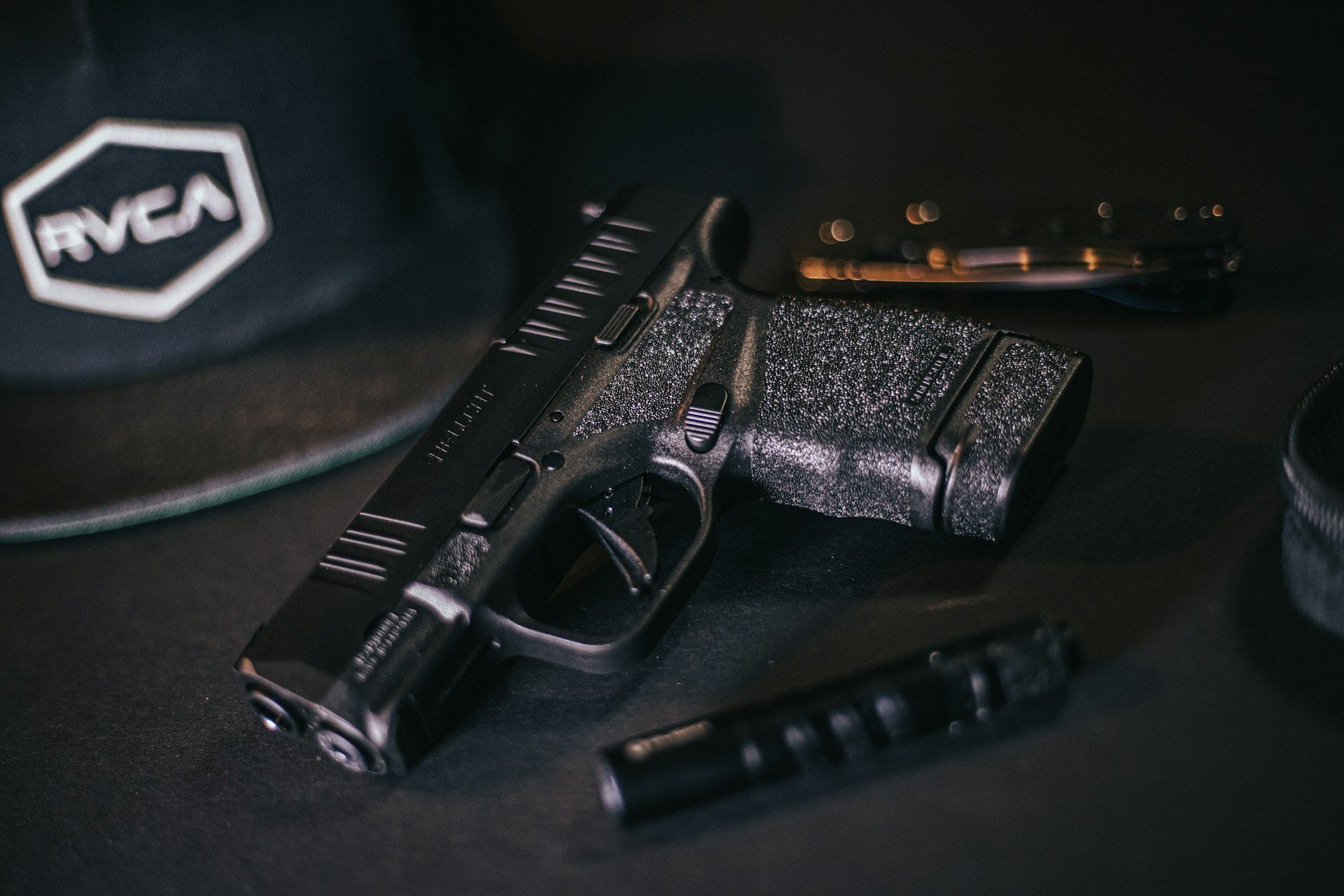Simple Steps for Getting a Pawn Loan
Thinking about how to get cash quickly without selling your prized items? A pawn loan could be a great option. Pawn loans are short-term loans where you use personal items as collateral. You don't need to worry about credit checks or lengthy approval processes. It’s as simple as handing over your item temporarily to receive cash. Once you repay the loan with interest, you get your item back. People often choose this type of loan when they need fast access to cash while holding onto items that have sentimental or long-term value.
Choosing a pawn loan offers several advantages, especially when compared to traditional borrowing methods. It's quick, accommodating for those with less-than-perfect credit, and involves no pressure to repay like typical bank loans. Plus, if circumstances prevent paying back the loan, your credit score remains unaffected. You're just forfeiting the item. Understanding these benefits can make a pawn loan an attractive option, especially for those who need flexibility in their financial solutions.
Understand the Value of Your Item
Before heading to a pawn shop, know your item's worth. This step is vital for getting the loan amount you desire. Often, people underestimate or overestimate the true value of their items, leading to disappointment. Spending a little time researching and assessing can save a lot of hassle and surprise.
Start by checking online marketplaces to see what similar items are selling for. This helps you gauge the current market rate. If your item is unique or rare, looking into auction results could fill in some gaps. Another way is seeking a professional appraisal. Experts can offer detailed insights into an item's authenticity and worth, making their service quite valuable.
Keeping these tips handy:
- Look for similar items online and note their prices.
- Check if the item brands are listed on auction sites.
- Consider the item's condition and completeness.
- Consult with a professional if in doubt.
By understanding the item’s value, you’re better prepared to discuss potential loan amounts and enter negotiations with confidence. Knowing exactly what your item is worth ensures you won't accept a loan that undervalues your belongings, setting the stage for a smooth pawning experience.
Gather Necessary Documentation
Getting ready for a pawn loan involves a bit of paperwork, but it's nothing overwhelming. The right documents pave the way for a smooth transaction, ensuring you get the funds you need without a hitch. Making sure you have everything ready will help the process run smoothly and quickly.
Here's a simple checklist of necessary documents:
- Proof of identity: Bring a government-issued ID with you, like a driver's license or passport. This confirms your identity and is a basic legal requirement.
- Proof of ownership: This could be a receipt, certificate, or any paperwork that shows you own the item. It helps verify that you're the rightful possessor and prevents confusion.
- Receipts: If you have the original purchase receipt, it's useful. This can provide additional information about the item, such as its age and origin.
- Other relevant paperwork: Documents like warranties, certificates of authenticity, or previous appraisals can boost your negotiation power.
By preparing these documents in advance, you not only speed up the pawning process but also enhance the trust between you and the pawnbroker. This attention to detail shows you are serious and increases the possibility of a fruitful deal. Plus, having everything neat and organized can sometimes earn you a bit more leverage when discussing loan terms.
Visit Kennesaw Mountain Pawn
Once your documentation is in order, it's time to visit the pawn shop. This part of the journey is usually straightforward, but knowing what to expect can make it even smoother.
Upon arrival, a pawn professional will examine your item and assess its condition, historical significance, and current market value. This process determines the potential loan amount. If you've completed your homework and understand your item's worth, you'll be in a strong position for negotiations.
Here's what typically happens during the visit:
- Initial assessment: A staff member examines your item closely, checking for its authenticity and condition. They might use tools specifically designed to test metals, electronics, or other valuables.
- Price setting: After evaluating, they'll suggest a loan amount based on the item's resale value. Remember, the offered amount is often less than retail value because the shop needs to cover potentially selling the item.
- Negotiation opportunity: If you're well-informed about your item's value, feel free to discuss the proposed terms. A sound understanding of the item's worth and your readiness to walk away can be helpful here.
Visiting a pawn shop shouldn't be intimidating. Staff are usually there to help you understand the process and ensure you feel comfortable. Clear communication and effective preparation can turn this step into a positive and rewarding experience.
Accepting the Loan and Repayment Terms
Once you've agreed on the loan amount, setting up the repayment terms comes next. It's important to be clear about how and when you'll repay the pawn loan to avoid any stress down the line.
Key steps in accepting and managing your pawn loan include:
- Understanding the contract: The shop will provide a contract detailing loan terms, interest rates, and repayment deadlines. Carefully read through to ensure there are no hidden surprises. If anything seems unclear, don’t hesitate to ask.
- Setting up repayment: Once clear on terms, calculate how you'll repay the loan. Whether choosing a lump sum or installments, build this into your budget to prevent scrambling when repayment is due.
- Tips for staying on track: Keep track of the due date and mark it on calendars to avoid late fees. Some shops may send reminders, but it's best not to rely on them. Consider setting a reminder on your phone.
Managing your loan responsibly ensures you get your pledged item back and avoids additional costs. A clear plan of action and timely payments keep everything on track, leading to a hassle-free experience.
Recap and Encouragement
Pawning items is a reliable way to get quick access to cash while keeping ownership of your valuables, and a well-prepared approach makes the whole process much easier. Armed with knowledge about your item's value and organized documentation, you qualify for the best possible terms.
A pawn loan offers flexibility without the red tape of traditional borrowing. While this guide prepares you for a successful transaction, remember the benefits of this method. You can keep items dear to you while still addressing financial needs. Each step is a chance to make informed decisions, fostering confidence in the process.
If you're looking for a simple way to access quick cash while keeping your valuables safe, getting a pawn loan through Kennesaw Mountain Pawn is a practical solution. Stop by today to see how this flexible option can support your financial needs without the hassle.

